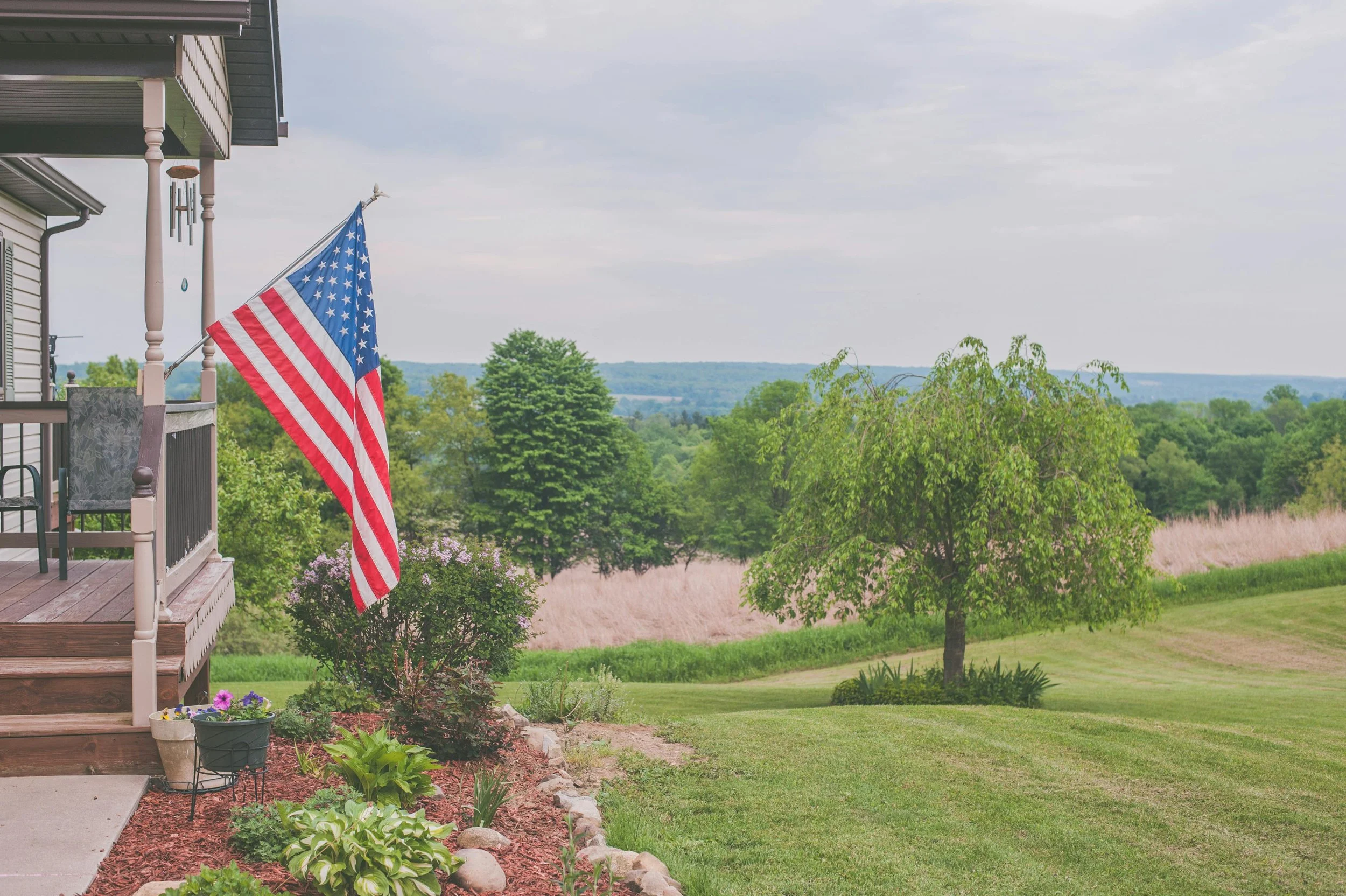By Maria Bray
A silent sentinel stands bearing witness through the seasons. Bullets fly, vows are exchanged, cities are built, and there is life.
Witness Trees are trees that were present during a significant event and mark a place in time with a story to be told.
There is a Buttonwood Tree on Wall Street that presided over the start of the New York Stock Exchange. There is the Pringle tree that offered a haven to two brothers conscripted into a war they did not wish to fight. There is a Willow Oak in Maryland that bore witness to the Battle of Bladensburg in 1814. A Callery Pear Tree was rescued from the rubble of the 9/11 attack. This tree was nurtured and returned to the memorial as a symbol of hope, resilience, and restoration.
Our young country will soon be celebrating its 250th birthday and telling our stories, reflecting on the historical moments, and preserving these experiences is one way to celebrate this milestone.
The National Park Service found these sentinels of history to be important markers and established the Witness Tree Protection Program in 2006 to identify and document historically significant trees. (If you wish to explore their stories and get directions for a visit, check out the dedicated site here.)
In addition to marking a point in history, the trees are a way surveyors mark a boundary or property corner. One forester compared the uses of witness trees in historical deeds as a way to study changes in species representation in diverse and resilient ecosystems. Exploitive logging, fires, storms, and changes in industrial growth (trains) and changing populations have left their mark on the face of the forests.
What did your tree see? Was it a marriage that endured for 60 years? A life lived out on a valley farm? What are the stories your playground willow tree could tell if given the chance?
If your tree has marked a significant event in the life of your family and is found within the Appalachian Forest National Heritage Area, please share that story. Send them to stories@afnha.org, and we may be able to include them as a part of our 250th Commemoration in the Appalachian Forest.



